France is way bigger than you think.
And we don’t just mean the country whose shape we’re familiar with – there are bits of France spread across continents, from Europe to the Caribbean to the Indian Ocean.
By the way, don’t forget to bring your iRoamly France travel eSIM – it’s a great way to stay connected no matter and navigate between the mainland and overseas territories.
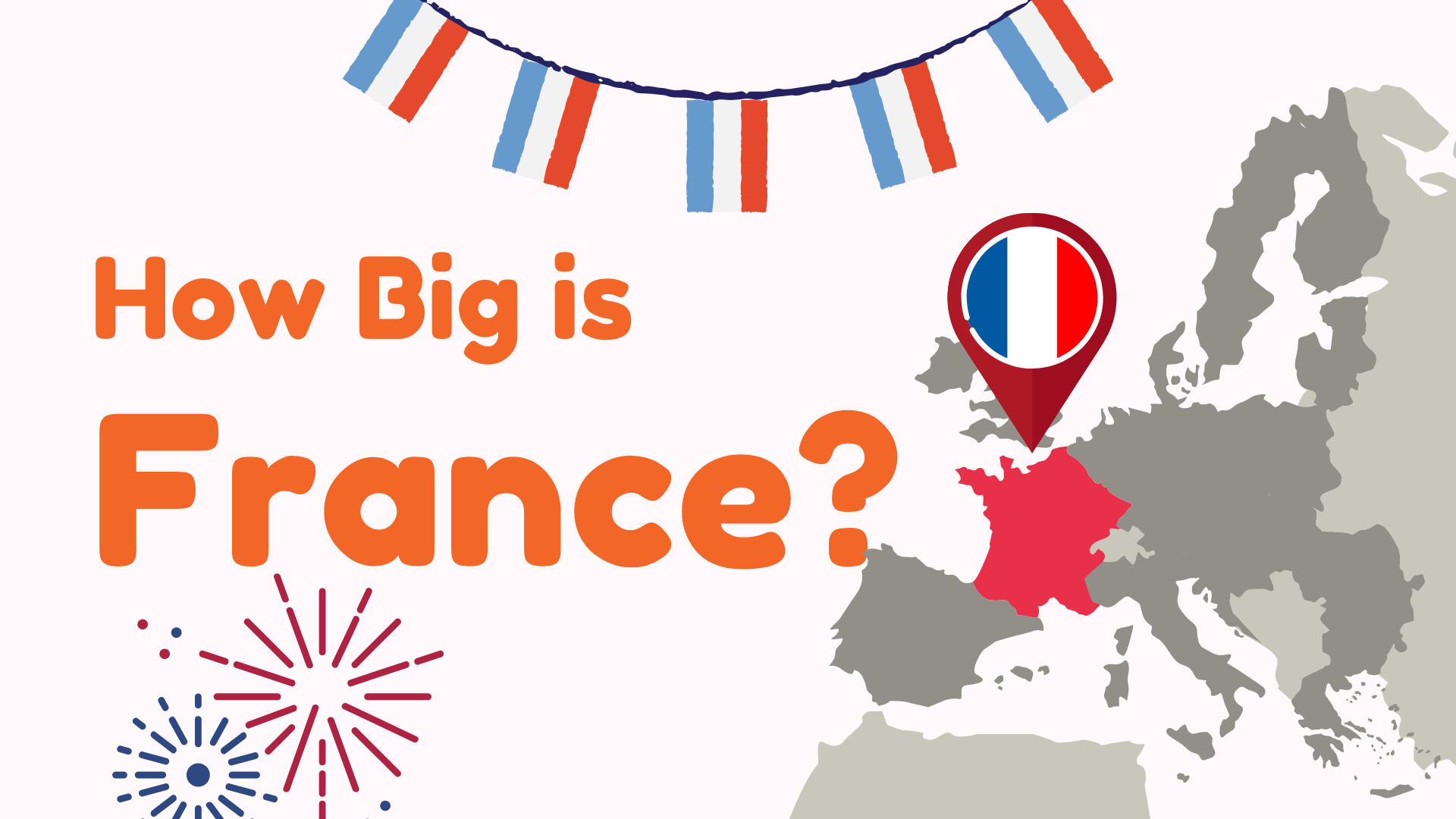
How Big is France?
At its most basic, the landmass of France measures as 643,801 square kilometers (248,573 sq mi) in total – putting it among the largest countries in Europe, comprised of Metropolitan France (what we usually think of as the ‘mainland’) and several overseas regions and territories.
Here's a region-by-region breakdown of France's global expanse:
French Guiana – 83,534 km² (32,253 sq mi), in South America, on the North Atlantic coast, Brazil and Suriname stand as neighbours.
Guadeloupe – 1,628 km² (629 sq mi), an island in the Caribbean Sea between the Caribbean and North Atlantic.
Martinique – 1,128 km² (435 sq mi), also in the Caribbean, north of Trinidad and Tobago.
Mayotte – 374 km² (144 sq mi), an island located in the Indian Ocean, between northern Madagascar and Mozambique.
Réunion – 2,512 km² (970 sq mi), in the Indian Ocean, east of Madagascar.
All totaled, this brings France’s size to 643,801 km² – or 0.45% of the total land mass of the Earth.
France Compared to Other Countries
Maybe you’re thinking: all this talk of size, but how does France compare to others in the size stakes?
Here’s a few comparisons to get you started:
United States: France is about 18 times smaller than the USA. The US is around 9,833,517 square kilometers, while France is roughly 551,500 square kilometers – this means that France only accounts for about 5.6% of the land area of the USA. If you were to drop an outline of the US into France, you’d be surprised at just how much space there is around it!
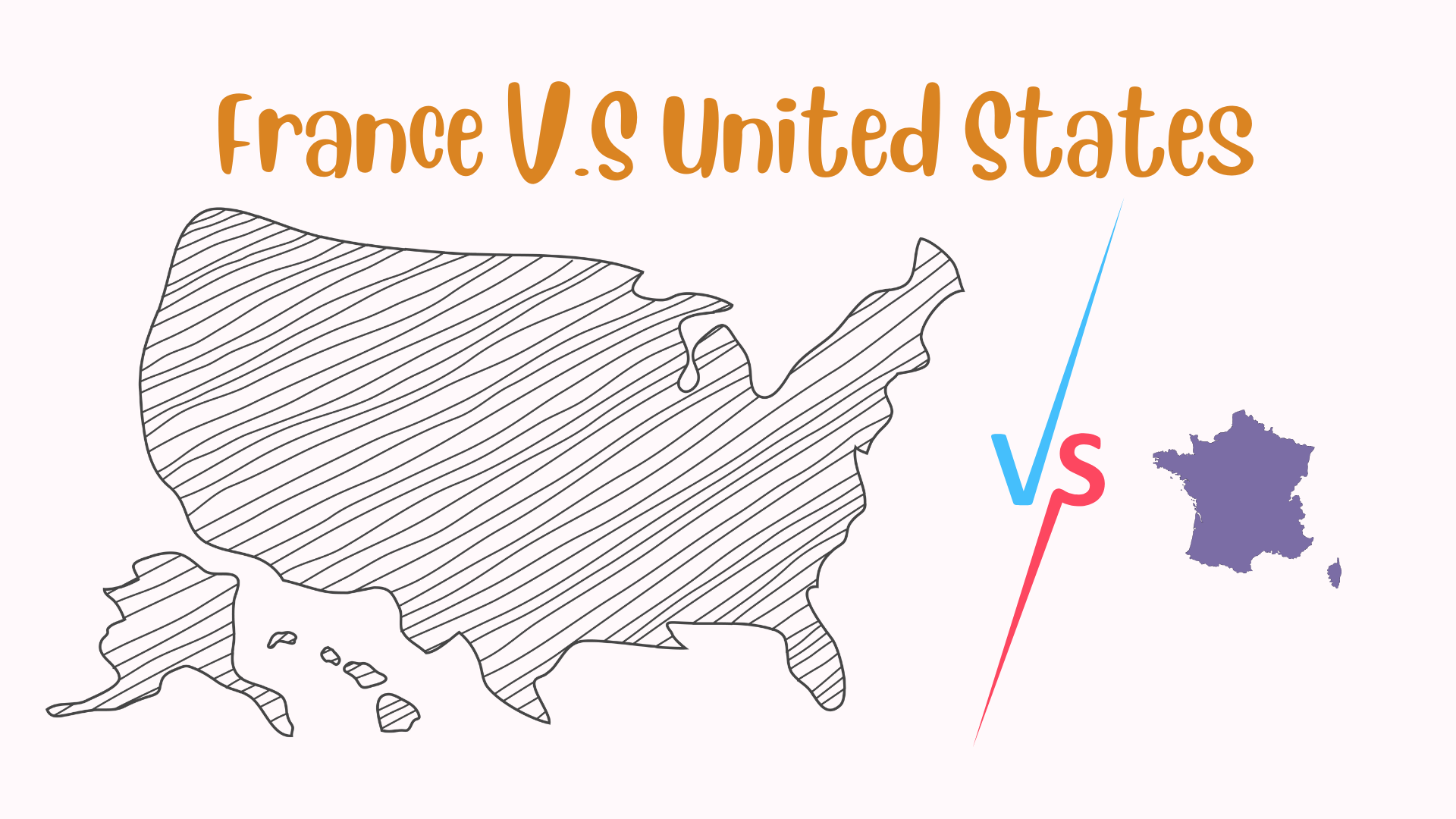
Texas: France is around 1.2 times smaller than the state of Texas. The Lone Star State comes in at 678,052 square kilometers, making it 81.34% bigger than France. If you’ve ever driven through Texas, try almost doubling the journey to get a feel for how much land area that covers!
Other European countries: France is the third largest country in Western Europe, with roughly 543,941 square kilometers of land (that’s mainland France plus its various overseas territories). It’s bigger than Spain and Germany, but smaller than Russia, which has the title of biggest country in Europe. That means nearly a twentieth of all the land area in Europe is French, showing its importance to the western side of the continent – but not the largest contributor.
Overview of all French territories
So what is the actual size of France? Let’s break down the scale of the country – as well as its full territories – to see what we’re working with.
France mainland
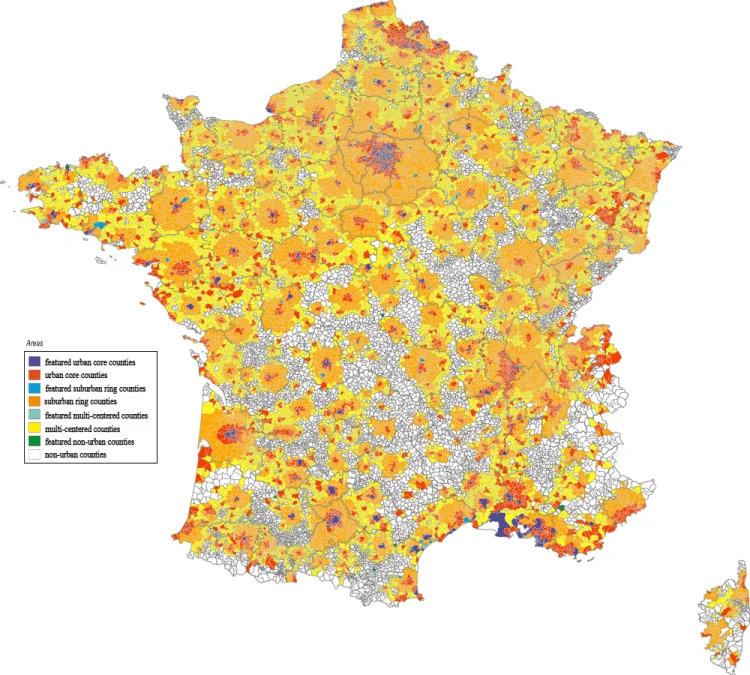
The main part of France – the biggest one – is simply referred to as Metropolitan France, or mainland France where the French capital is located. It is a country in Western Europe, bordered by Belgium, Luxembourg, Germany, Switzerland, Italy, Monaco, Spain, and Andorra, and has coasts on the Bay of Biscay, the English Channel, and the Mediterranean. Between the soaring Alps, the bucolic Loire valley, the flat expanses of land and vineyards, Metropolitan France is quite diverse.
Overseas territories
Adding in France’s overseas regions and territories, the scale of the country grows massively – and given these territories are spread out from each other around the world, each has helped shape the idea of what it is to be French in their own way.
French Guiana
Let’s leap from Europe to South America, shall we? France might be a bit all over the place, but it does have a presence on several continents – and French Guiana, in the north of the region, sits between Brazil and Suriname, and the coast stretches onto the North Atlantic Ocean. This tropical region is more than its most famous feature, the Guiana Space Centre, one of the major rocket launch sites in the world. If you’ve been to France, you know Parisian streets, a world away from Guiana’s dense rainforests and unique biodiversity.
Guadeloupe & Martinique
Let’s bop on down to the Caribbean next – two more French regions, Guadeloupe and Martinique, in the Caribbean Sea. The former is a picture postcard, with its white sandy beaches and volcanic mountainous terrain, the latter tranquil and laid-back but just as beautiful. Both are found between the Caribbean and the North Atlantic, and sits southeast of Puerto Rico.
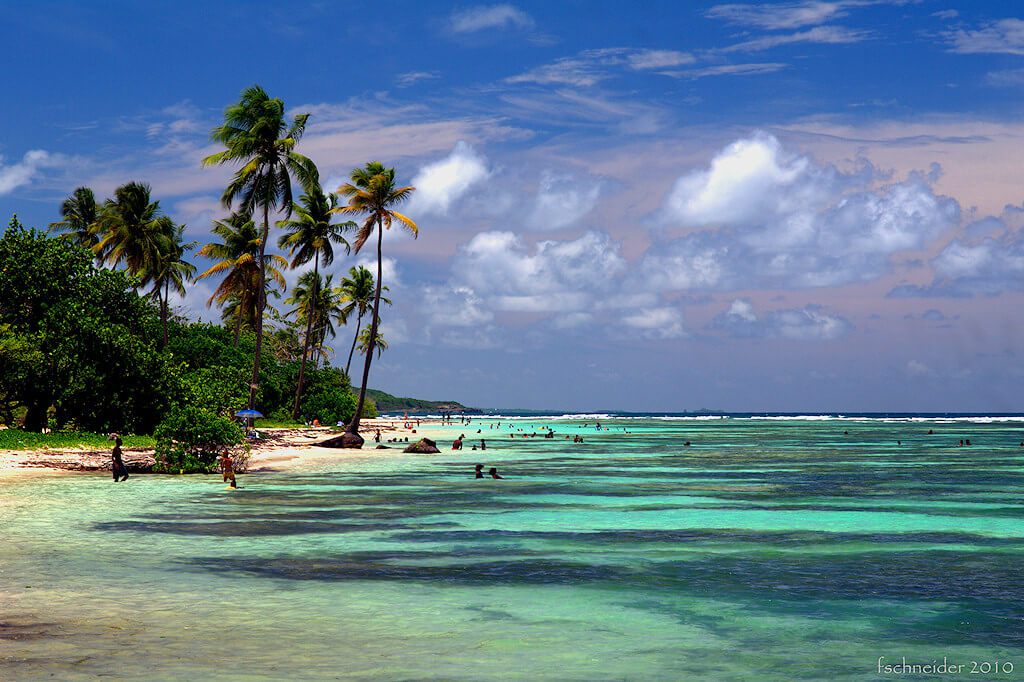
Mayotte & Réunion
Keep heading east, and you reach Mayotte and Réunion, two island territories in the Indian Ocean. The former, the utmost west of the Indian Ocean, between Mozambique and Madagascar, while Réunion is due east of Madagascar itself. Rich in biodiversity, and once more playing a role in French culture.
Population and Religion in France
France has a population of approximately 68 million people. The vast majority of the population lives in Metropolitan France, with Paris the most densely populated area, but each of France’s regions are distinct. In fact, many cities of France offer unique cultural experiences, and its overseas territories are home to distinct communities with their own unique cultural customs.
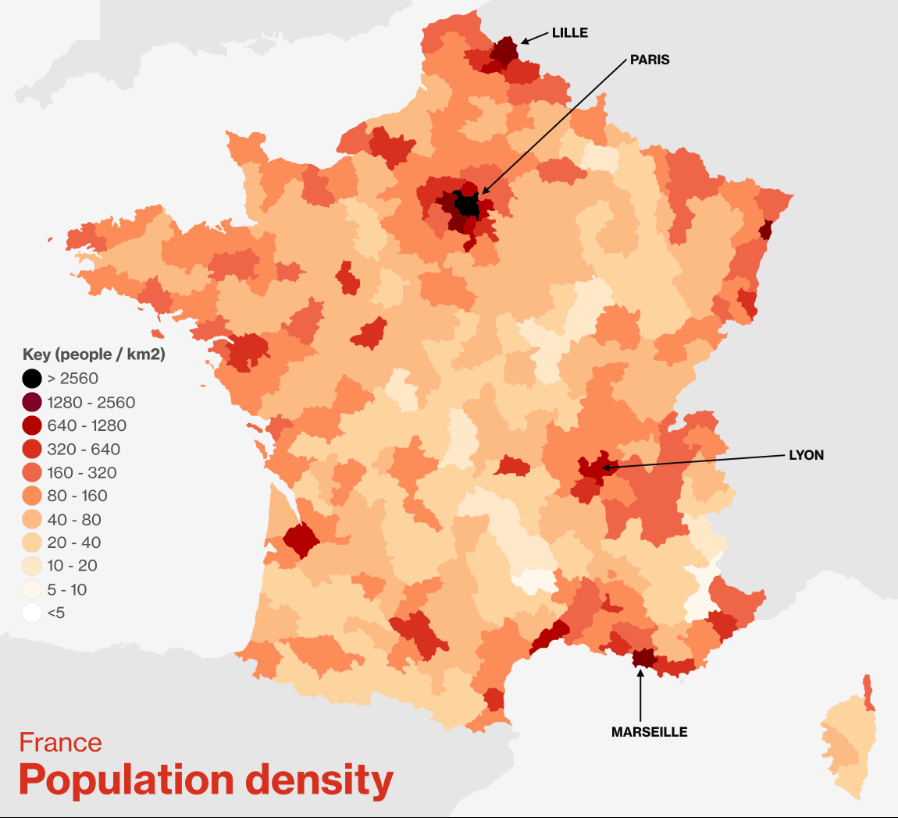
If France were a religion, it would be officially neutral, with a majority identifying as Catholic, but substantial Muslim populations and smaller Protestant, Jewish, and other communities make up this wonderfully mixed bag of beliefs and backgrounds.
Natural Environment in France
France’s expanse hosts a wide range of habitats for its flora and fauna. A quarter of its land is covered in forests, while about half is rural, agricultural land. If you’re a nature lover, there’s a lot of wild spaces to explore in France.
From the lowlands, expect to encounter deer or wild boar; in the higher Alpine and Pyrenees mountains, wild goats, brown bears, and even antelopes might cross your path. Rare alpine hares still bound through these harsh landscapes.
Then of course, there’s the coast. The Mediterranean is a haven for migratory birds, and millions of flamingos, vultures, egrets, bee-eaters, and more visit in turn, bringing flashes of color to France’s already vivid wildlife scene.
FAQ
Which U.S. state is closest in size to France?
Texas and France are comparable in size, though Texas is the larger of the two by about 1.2 times.
If Texas is larger than France, is France also larger than California?
Yes, France is about 1.5 times the size of California.
Is France one of the world’s smaller countries?
France may rank in the lower reaches of geographical size, but it nonetheless stands as the EU’s biggest state and Europe’s third largest. Quite big – just like its reputation for food and wine.
Is France a big or small country?
Nah, it’s a big country; the biggest in the EU, in fact, and the third biggest in Europe – which, last time I checked, wasn’t exactly an insignificant continent.
Is France bigger than Texas?
No, comparing sizes exactly, Texas is about 1.2 times the size of France.
Summary
As we said earlier, France is big. Really big.
Its total land area of 643,801 square kilometers contains not just a busy mainland but a string of overseas holdings strung around the globe.
The people, the culture, the terrain of France all come together to make a place that’s a lot bigger and grander than the borders holding it in might lead you to think. Now you know!
